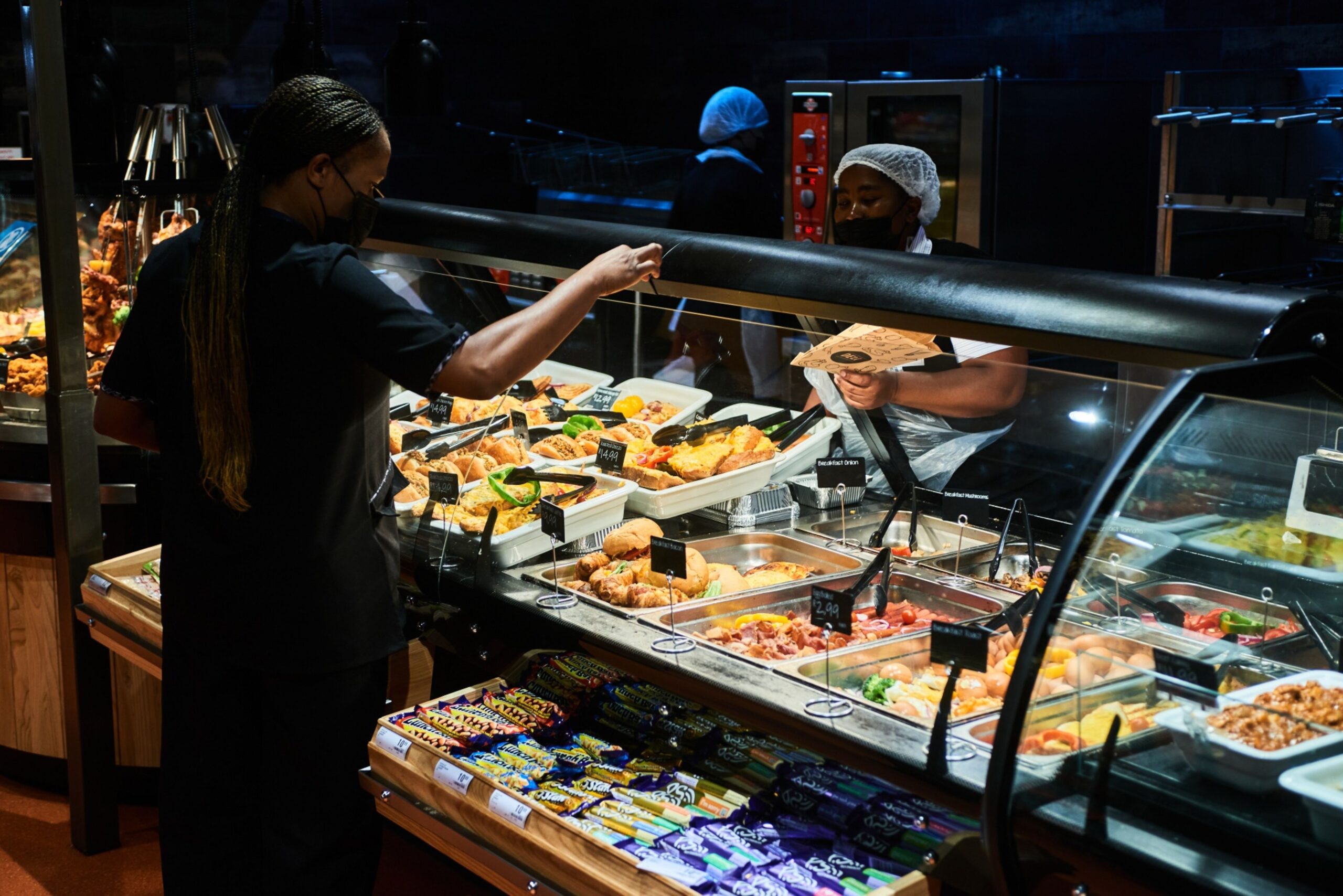South Africa’s economy is back at the size it was before the coronavirus pandemic struck, after growing faster-than-expected in the first quarter.
Gross domestic product expanded 1.9% in the three months through March, compared with revised growth of 1.4% in the previous quarter, Statistics South Africa said Tuesday in a report released in the capital, Pretoria. The median of 13 economists’ estimates in a Bloomberg survey was for growth of 1.2%. The economy grew 3% from a year earlier.
At 1.15 trillion rand ($75 billion) in the three months through March, GDP is now about 5 billion rand more than it was in the first quarter of 2020, according to statistics agency data. The government imposed tough restrictions on movement in March of that year to contain the spread of the disease.

Still, Africa’s most-industrialized economy remains stuck in its longest downward cycle since World War II and hasn’t grown by more than 3% annually since 2012. Policy paralysis, weak business sentiment and high levels of crime continue to weigh on fixed investment spending, with companies wary of committing large sums of money to domestic projects. Gross fixed capital formation rose 3.6% from the previous quarter.
Growth in household spending, which accounts for about two-thirds of GDP, was 1.4% in the first quarter. Household consumption expenditure is likely to come under pressure as consumers reel from surging fuel and food prices spurred by Russia’s war with Ukraine. The South African Reserve Bank’s biggest interest-rate hike in more than six years is also expected to weigh on debt-servicing costs and disposable income.
Output growth is likely to slow in the second quarter after deadly floods in the eastern KwaZulu-Natal province — South Africa’s second-biggest contributor to GDP — damaged businesses and halted operations at the nation’s biggest port. State-owned power utility Eskom Holdings SOC Ltd. also implemented more frequent rolling blackouts, further curbing production.
Supply-chain disruptions stemming from China’s Covid Zero measures and war-induced tensions in the European Union are also risks to the domestic growth outlook. The central bank lowered its 2022 expansion forecast to 1.7% from 2%.
(An earlier version of this story was corrected to clarify the time period for the size of the economy in the third paragraph)
–With assistance from Rene Vollgraaff.
© 2022 Bloomberg L.P.








